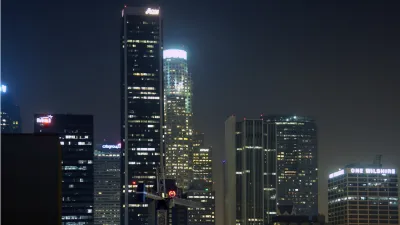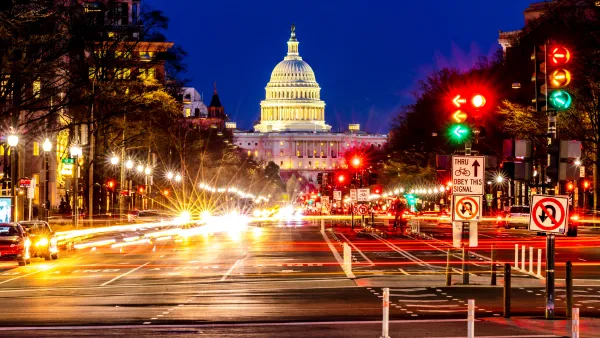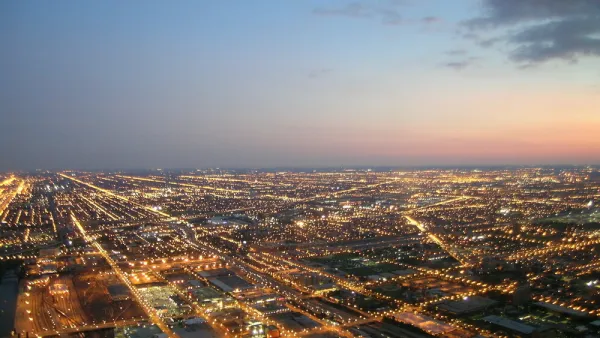“Why are lighting designers and experts nearly unified in their belief that outdoor lighting in past years has been excessive?”

Every culture in world history has associated darkness with evil, Akiva Blander points out in a lengthy piece for Metropolis Magazine on how, in the name of safety, officials in cities around the world have historically taken a more-is-more approach to outdoor lighting. But something has changed in recent years, as a "new wing" of the lighting profession is rethinking how best to light up the night.
"After years of overlighting," Blander writes, "designers, professionals, observers, and others are taking a more holistic view of outdoor illumination, examining diverse sources and gradations of light, and advocating more thoughtfully conceived lighting systems that work with, rather than in opposition to, nighttime darkness."
In addition to the relatively well-established idea that more lights have a negative effect on the health of both people and animals, there are a couple of important ideas in the article, including that more lights may not mean safer streets, and that there is a cultural, social and biological benefit to letting “night be night.”
"[I]t is critical that our contemporary nocturnal placemaking not detract from the essential qualities that differentiate it from daytime uses of public space," writes Blander, "and that our awareness of lighting’s central role allow a balanced and sensitive approach to night lighting."
FULL STORY: Can Designers Combat Light Pollution by Embracing Darkness?

National Parks Layoffs Will Cause Communities to Lose Billions
Thousands of essential park workers were laid off this week, just before the busy spring break season.

Retro-silient?: America’s First “Eco-burb,” The Woodlands Turns 50
A master-planned community north of Houston offers lessons on green infrastructure and resilient design, but falls short of its founder’s lofty affordability and walkability goals.

Delivering for America Plan Will Downgrade Mail Service in at Least 49.5 Percent of Zip Codes
Republican and Democrat lawmakers criticize the plan for its disproportionate negative impact on rural communities.

Test News Post 1
This is a summary

Test News Headline 46
Test for the image on the front page.

Balancing Bombs and Butterflies: How the National Guard Protects a Rare Species
The National Guard at Fort Indiantown Gap uses GIS technology and land management strategies to balance military training with conservation efforts, ensuring the survival of the rare eastern regal fritillary butterfly.
Urban Design for Planners 1: Software Tools
This six-course series explores essential urban design concepts using open source software and equips planners with the tools they need to participate fully in the urban design process.
Planning for Universal Design
Learn the tools for implementing Universal Design in planning regulations.
EMC Planning Group, Inc.
Planetizen
Planetizen
Mpact (formerly Rail~Volution)
Great Falls Development Authority, Inc.
HUDs Office of Policy Development and Research
NYU Wagner Graduate School of Public Service




























